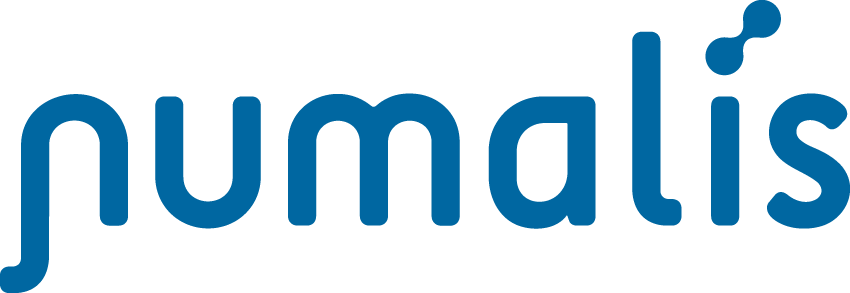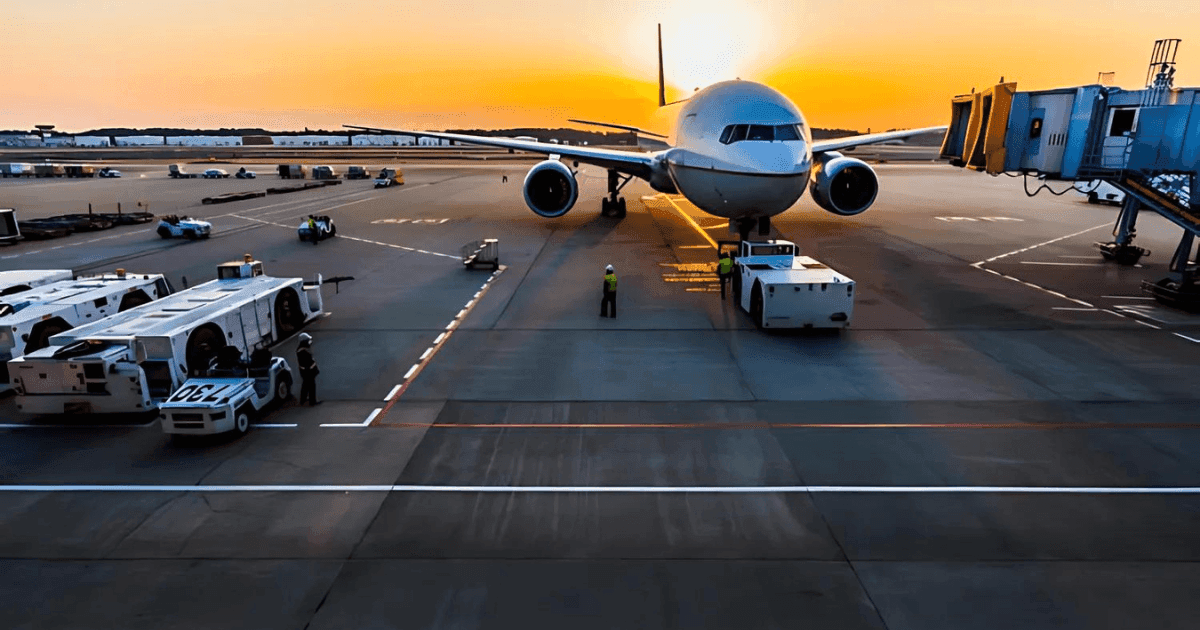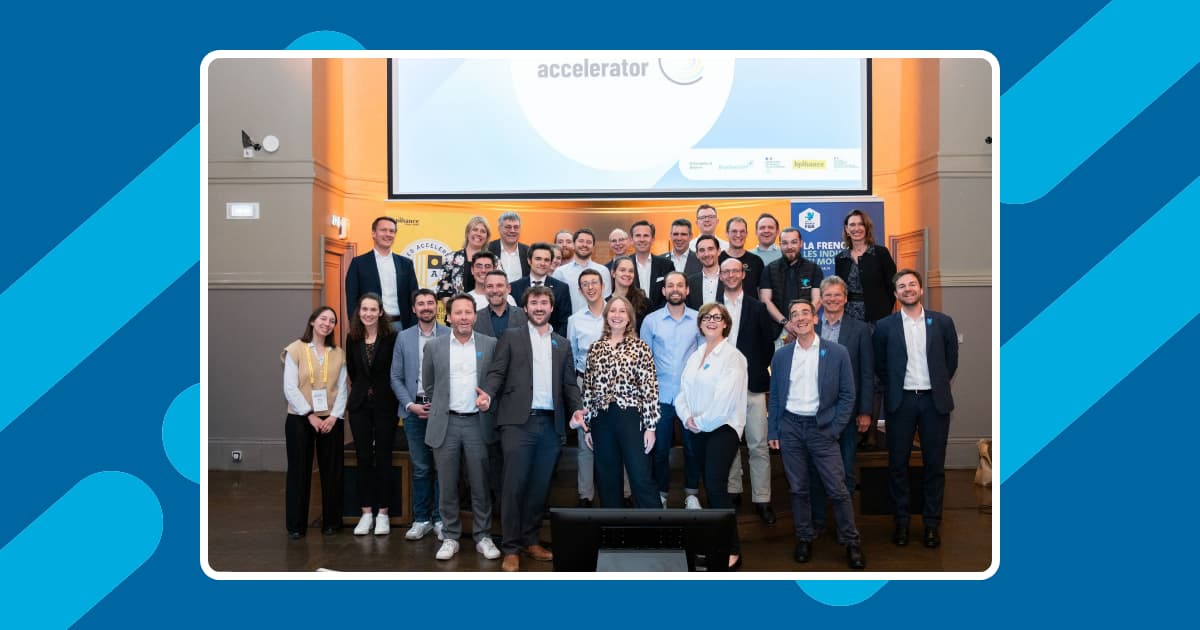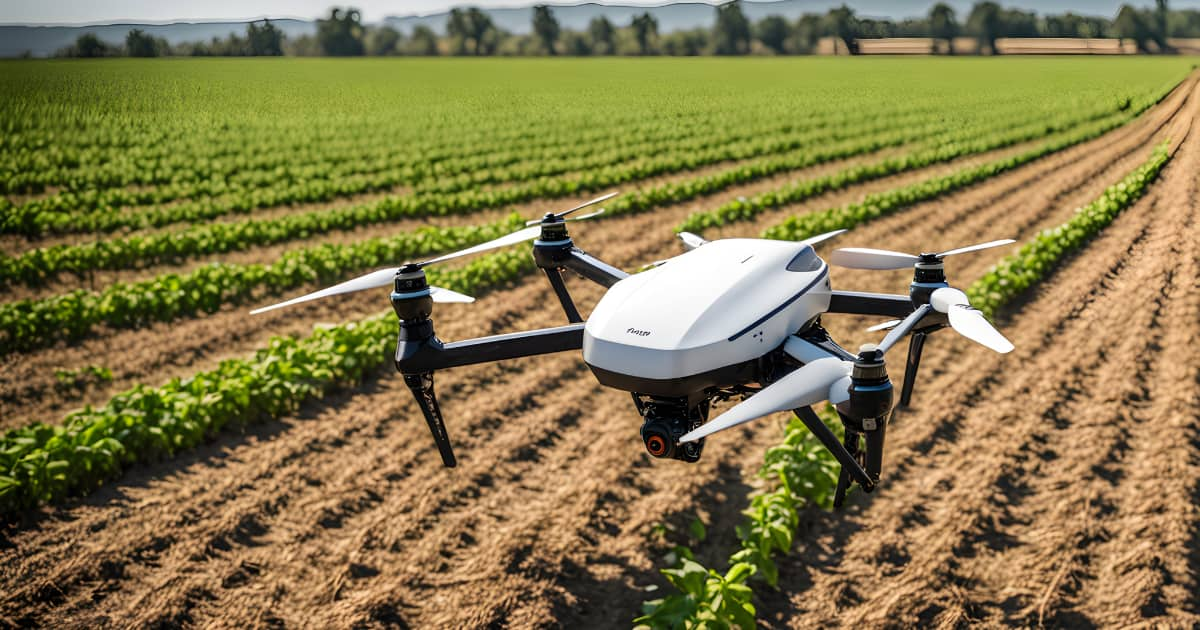What are the horizons for artificial intelligence in aviation? In this article we will discuss certification and then explore short, medium and long term perspectives.
Artificial intelligence occupies a central place among the promising new technologies in aeronautics. Indeed, according to a study by Verified Market Research, in 2019 the AI market in aeronautics weighed 0.34 billion dollars and forecasts estimate that this amount will rise to 3.69 billion dollars in 2027 with an annual growth rate of nearly 50%1.
Nevertheless, AI technologies cannot be deployed everywhere in this sector in the same way. The complexity of the procedures, especially concerning security, make the integration of AI in this field a challenge for certain uses. So what are the horizons for AI in aviation in the short, medium and long term?
Importance of certification
First of all, it is important to know that the certification of materials is still crucial in commercial aviation to integrate any component in an aircraft. The reason is simple: in commercial aviation, the safety of people is a priority. Depending on the criticality of the equipment, certification is more or less difficult to obtain.
Nowadays, code certification processes are not designed to deal with artificial intelligence systems. As it stands, the processes are not applicable and their adaptation is still in its beginnings. Even before being able to certify artificial intelligence bricks, it is already necessary to standardize their design, validation and deployment. On this point, work is progressing (particularly at the ISO) but the documents are not yet finalized. In the absence of a normative framework and eventually of certification, any integration of AI in critical applications remains blocked at the experimental stage.
In order to prepare the future certification of AI systems in aeronautics, work has been initiated in 2019 at EUROCAE. This organization is the European leader for standardization in the aeronautics sector. It has launched work on this subject within the Working Group 1142 which has published its roadmap for achieving aeronautical certification. The group, which includes the largest players in the aeronautical field, aims to publish its first standards by 2022.
Horizons for AI in aeronautics
Three horizons can be distinguished with regard to AI in air transport. Their timeframe depends on the difficulty of integrating this technology with respect to the envisaged use case.
In the short term
In the short term, AI has a role to play on the tarmac. It is not going to be used directly in the aircraft but first around them. For example, there have been experiments to inspect runways or aircraft using AI-enabled drones. Flyinstinct is a company that has developed an AI capable detecting FOD (Foreign Object Debris/Damage) on runways, reducing the risks for airports3. The AI assists the agents in charge to detect and to locate these objects.
The approach is similar to Donecle, which uses drones to assist agents in checking for safety stickers on cabins, lightning strikes or even flaking paint on aircraft4. This type of approach makes it possible to carry out actions more quickly, while mobilizing fewer staff. These solutions are currently being tested and soon could be deployed in some airports. However, these solutions still rely on the monitoring of actions by an agent who remains ultimately responsible for the situation.
In the medium term
In the medium term: AI could enter into direct interaction with the aircraft through the deployment of predictive maintenance. The objective here is to reduce costs induced by preventive maintenance, which today are fixed, by replacing it with predictive maintenance (only triggered at the right moment)5. Knowing that aircraft maintenance represents about 10% of the operating costs of airlines6, this is an important financial lever. AI makes it possible to reduce cost base with analyzing descriptive data from operating histories.
However, predictive maintenance has not yet proved its worth for all components of an aircraft. For instance, electronic components are not currently considered7. Also, this type of maintenance is linked to insurance/guarantee issues which require guarantees which for the moment only preventive maintenance can provide. How can we certify that there will be no errors and if there are, who will take responsibility for them?
In the long term
In the long term: finally, AI could enter the cockpit. Initially, Its role will be to assist pilots by transmitting useful information8, enabling them, for instance, to reduce their mental load. With analyzing the data collected by the sensors, the system would be able to present the current situation of the aircraft more effectively and make recommendations.
Also with the doubling of air traffic predicted for 20379, the prospect of having only one pilot on board who would be assisted by an AI makes sense. As the number of available pilots may not be sufficient to meet the demand, AI may allow the sector to continue to grow. In any case, the pilot remains the central actor in the aircraft and would have the ability to take over when necessary.
Fully automated piloting would be feasible but in the very long term. Problems of trust and safety would first have to be addressed10.
Conclusion
Artificial intelligence can be applied in many aeronautical use cases and its performance is continuously improving11. Nevertheless, to reach the level of requirement of this field, much more experimentations are needed to demonstrate the usefulness and performance of this technology. This is illustrated by the flight demonstration of an autonomous aircraft carried out by Airbus in the framework of its ATTOL project12.
The same questions arise with a different emphasis on the subject of drones. In this sector, procedures are more flexible and therefore evolve more rapidly. They could also serve as models to be followed within the aviation sector. This is the case, for example, for the regulation of the sharing of the sky by different vehicles13.
- Artificial Intelligence in Aviation Market Size, Share, Trends & Forecast ↩︎
- New working group: WG-114 / Artificial Intelligence – Eurocae ↩︎
- Flyinstinct : l’intelligence artificielle au service de l’inspection côté piste ↩︎
- DONECLE inspecte les avions de ligne avec ses drones fiables et futés | larecherche.fr ↩︎
- An Artificial Intelligence Approach for Improving Maintenance to Supervise Machine Failures and Support Their Repair ↩︎
- Point de vue : Les entreprises de maintenance aéronautique ont le vent en poupe – IACpartners ↩︎
- [Avis d’expert] Comment l’aéronautique pourrait mieux valoriser la maintenance prédictive ↩︎
- AI in the Cockpit: Why is the pilot of your plane on the ground? | Thales Group ↩︎
- Le trafic aérien mondial va encore doubler d’ici à 2037 | Les Echos ↩︎
- How Is the Aviation Industry Enabling Innovation with Artificial Intelligence? – Avionics International ↩︎
- Artificial intelligence | Airbus ↩︎
- Airbus a réalisé plus de 500 vols sans pilote – Capital.fr ↩︎
- Les drones et taxis volants arrivent, le ciel européen se réforme ↩︎







